Podcast: Play in new window | Download
Subscribe: Apple Podcasts | Spotify | Amazon Music | RSS | More
KNOW THYSELF
Oh warriors, this is a great post! Today I am diving into an ancient personality typing system called the Enneagram. I discovered it last year and learning about it has helped me deepen my discovery of myself and why I do what I do. If you’re new to my blog, welcome! One of the frameworks I use for coaching is the 5 pillars of wellness. These five pillars support our overall mental, physical, and emotional health. 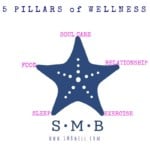
As Oprah says, our life’s purpose is a journey of self-discovery. Of learning and learning and learning more and more about ourselves and why we do what we do. Why we are bothered by the things that bother us? Why we are excited by the things that excite us? Where we can grow? Why are we triggered by the things that trigger us?
What is the Enneagram?
An enneagram is a magical tool that can help us with our self discovery, especially as moms and in our midlife. It is similar to Myers Briggs and other personality typing tools in that it is a helpful guide, not something that is written in cement. What I like about it is it’s internal, it addresses our core motivations and our core wounds.
If you’re interested in its rich and mysterious history, dive in. Today’s post will be a broad overview of a complex system. Some trace its origins back to the fourth century and some say it used to be used for spiritual counseling with Christians, Judaism, Sufism, and other world religions. For today, I’m focusing on you, here and now in the 21st century and how it can help you.
Consider this a cliff notes version. If something sparks your interest, dive deeper and investigate. Yes, there are tests you can take. That said, the best way to discover your type is to read read read and explore. I mistyped myself twice at first. Mainly because once you discover your true number, it’s almost like standing naked on stage. I had some moments of “oh damn, they’re right” while also a deep comfort at being understood and accepted. There is no number that is better or worse than the other. We need all 9 types to make the world go round. The more you learn about yourself, the more you open yourself up for growth and understanding. The Enneagram has helped me tremendously discover who I am when I’m strong, when I’m average, and when I’m disregulated. It is a tool that helps me in my relationship with my husband, with my sons, and with my clients. Primarily though, dear warriors, it is a tool that helps me with me. With my inner voice of support and understanding. A kind of “oh there you are Susie” like a gentle hand nudging me towards my greater self. So, if you’re ready to dive deeper into yourself and make this a year of greater understanding, let’s go!
First, I will give a brief overview of the 9 types including their core motivation. Then I will dip into an overview of their childhood wounds. Open your mind, lay down your defences and get curious. The more we know about ourselves, the greater our experience here on earth will be.
The 9 Main EnneagramTypes
Type one
Ones are known as the rational, idealistic types. Principled purposeful, self-controlled and can be perfectionistic. Their motivation is to be good, strive higher, improve everything, and have integrity. Their core fear is of being corrupt, evil, or defective. They want to do what’s right.
Type two
Twos are known as helpers. They’re demonstrative, caring, generous, people-pleasing and can be possessive. Their core motivation is to feel loved and to be needed by others. Their basic fear is to feel unwanted, or unworthy of love.
Type three
Type threes are known as motivators, success-oriented and pragmatic. They’re adaptive, driven, and can be image-conscious. Their core motivation is to feel valuable and worthwhile. Their core fear is to be worthless.
Type four
Fours are known as individualists or sensitive, withdrawn types. They are expressive, dramatic. They can be self-absorbed and temperamental. Their core motivation is to find themselves and their significance. Their core fear is that they have no identity or significance.
Type five
Fives are known as intense or cerebral types. They are perceptive, innovative, secretive and can be isolated. Their core motivation is to be competent and capable. Their greatest fear is of being useless, helpless, or incapable.
Type six
Type sixes are known as the committed, security-oriented type. They are engaging, responsible, loyal, and can be quite anxious or suspicious. Their core motivation is to have security and support. Their greatest fear is to be without support or guidance. They want to have security, to feel supported, and to have certitude.
Type seven
Sevens are known as enthusiasts. They are busy, fun-loving, spontaneous, versatile and can be distractible or scattered. Their core motivation is to have their needs met, to be satisfied and content. Their core fear is of being in pain or deprived. They want to maintain their freedom and to avoid missing out on fun experiences.
Type eight
are known as Challengers. They are powerful, self-confident, decisive, and can be confrontational. Their core motivation is to be in control of their own life and destiny. Their core fear is of being harmed or controlled by others. They want to be self-reliant, to prove their strength, to resist weakness, and to stay in control of their situation.
Type nine
Nines are known as peacemakers and mediators. They are easy going, self-effacing, agreeable and can be complacent. Their core motivation is for peace and inner stability. Their core fear is of loss and separation. They want to create harmony in their environment, to avoid conflict and tension, and they can resist whatever may upset them.
So there you are. The 9 types in a nutshell. Can you see how learning about the types could help you in your own self-exploration and also in your relationships with others?
I’ll bet you could see yourself in several of the types. Let me dive into the childhood wounds of the different 9 types as that helped me further identify my type.
I got this list on the web and can in no way take credit for the work of it. I also can’t find where I found it, as it’s a printed page I printed up ages ago. Suffice it to say, I am not the original author yet it helped me and I share with the hope it helps you!
Childhood Wounds
Type One Childhood Wounds
Type one children felt heavily criticized, punished, or not good enough. Household rules may have felt inconsistent. As such, they became obsessed with being good and not making mistakes so as to avoid condemnation. The principal takeaway message for these children is you must always be better than you are.
Type Two Childhood Wounds
Type two children felt loved only if they were helping or pleasing others. Their personal needs felt selfish. As a result, they closed off their own needs and feelings and tuned into those of others. Love became defined as giving to others, though the love often didn’t feel received or reciprocated.
Type Three Childhood Wounds
Type three children felt rewarded only for what they did and how well they did it. Their wound is to their heart. Their feelings were discounted and ignored. The only thing that mattered was their performance and what they did. The principal takeaway message for these children is they were only as good as what they did.
Type Four Childhood Wounds
Type four children felt abandoned by one or both caretakers. They felt alone, cut off from the source of love for reasons they couldn’t understand. They were not seen and felt different than their parents. As a result, they turned inward to their feelings and imagination to cope in isolation. Their takeaway message was that they didn’t matter.
Type Five Childhood Wounds
Type five children either received no meaningful interaction and affection from caretakers or they had over-controlling parents. They felt exposed and defenceless and as a result, built walls around themselves and retreated into the mental realm. Their big takeaway is that they are alone and it is up to them to be capable and competent.
Type Six Childhood Wounds
Type six children were raised in an unpredictable situation with no safe place to go. Their core wound was to their trusting nature. They lost faith that they would ever be protected. As such, they turned to their own inner defence of doubting, disbelieving reality and rejecting their own instincts or inner guidance. Their big takeaway message is you don’t know what’s out there and you’re best off if you fear it all.
Type Seven Childhood Wounds
Type seven children were deprived of nurturing completely or it was removed too soon. They handled this lack by searching for distractions to minimize their fear and pain. They decided to focus on positive options and to rely on themselves to fulfill their desires. Their core fear is of being deprived or of being in emotional pain.
Type Eight Childhood Wounds
Type 8 children often grew up in unsafe environments, emotionally and/or physically They had to mature too soon. They didn’t feel safe to show any vulnerability and may have felt controlled. Their physical and/or emotional weakness was used against them so they focused on building their strength. Their core fear is of being controlled.
Type Nine Childhood Wounds
Type nine children were overlooked and neglected in their families. They often felt unimportant and as if they wouldn’t be missed. Their core wound is to the core of their being. They were ignored or attacked for having needs and expressing themselves. They learned to keep a low profile and to focus on the needs of others. These children fear conflict and shy away from speaking up for their needs.
Aha….deep sign. There’s something about looking at what happened in our childhood and the childhoods of others that is quite heavy. The uplifting piece here is that, in learning about ourselves and our core motivators, we can heal and show up as our best selves.
These are the basics of the enneagram. There are 9 main types and yet, there are subtypes, wings, and many variations that are fun to dive into. I found this to be much more profound than any personality test or online quiz that I’ve taken before. This has helped me learn about the different aspects of myself, the light and the dark, in a way that I haven’t before. I’ve also benefited from learning more about how the different types show up when in strength and in weakness. I can spot traits in me and the others in my life. With that understanding, I am more mindful in my interactions with others and with myself. Consider this post, the last in the series on love and relationships, a final gift of love for you. Through learning about ourselves we grow closer to our inner warriors and core desires. As I’ve trumpeted many times on this blog, when we are living a life in alignment with our values, we feel more peace, ease, and life satisfaction. All core ingredients of living a life we love.
You matter to me warrior.
Please head to my Instagram or the warrior women Facebook group and share your takeaways from this episode. We’ll be chatting enneagram this week live in the community group and I’d love to see you in there.
Please share this episode with one other person who may resonate with this message. If everyone who read this did that, we’d double the reach of this message!! The more people who go around taking steps to live a happier life, the better off we all are.
For more fun, sign up for my weekly WELLNESS newsletter so you don’t miss a single week of fun and freebies. Interested in taking it a bit deeper?
Check to see if the The Love Your Life School is open for enrollment. It is a perfect place to take your enneagram studies to a deeper level. I’d love to support your self development journey in there. Try it out for a month and see why people say it’s their favorite place online.

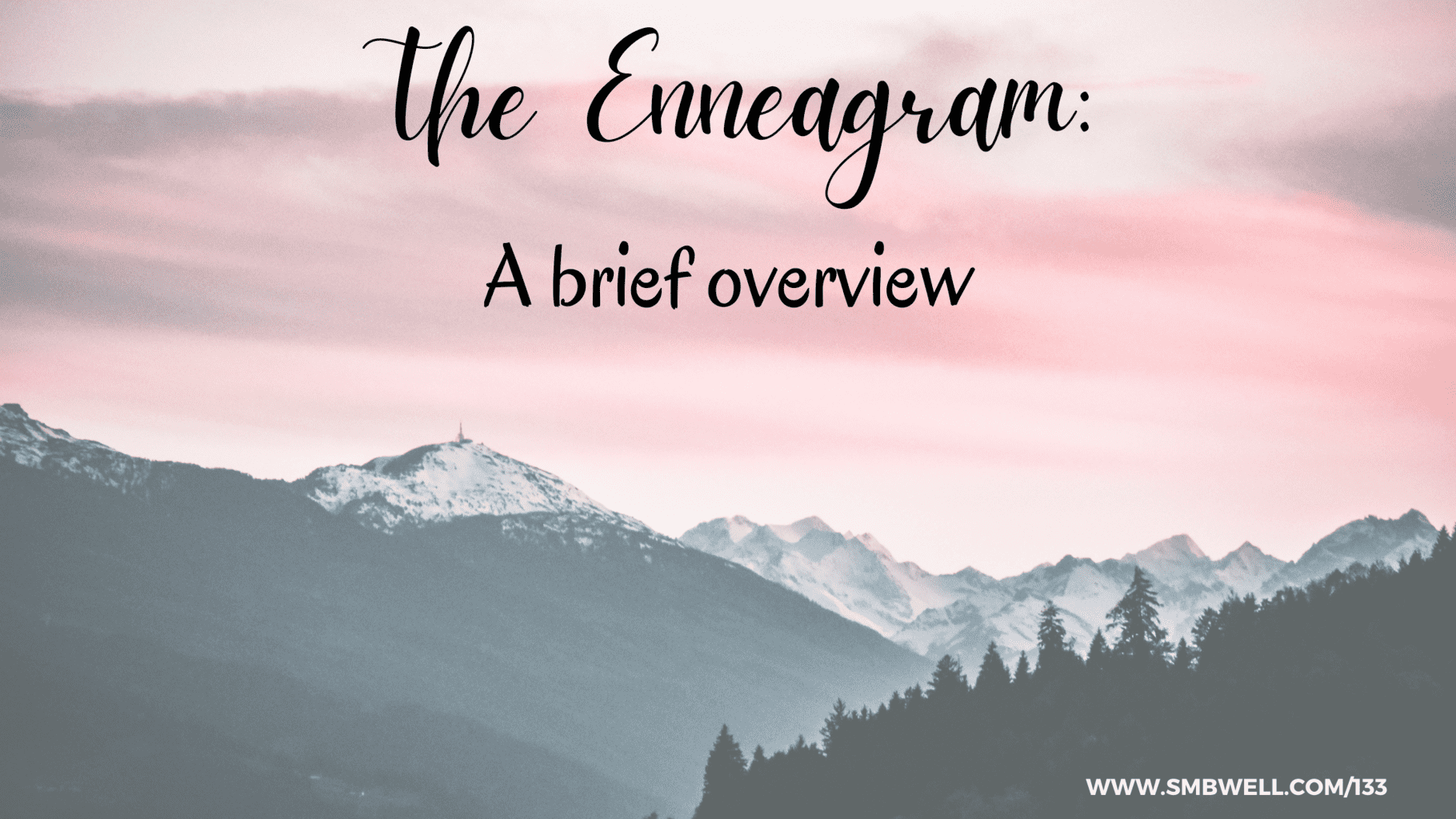
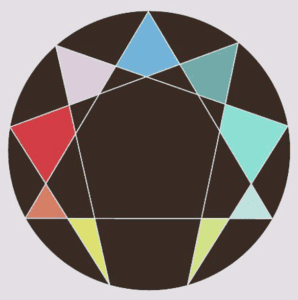


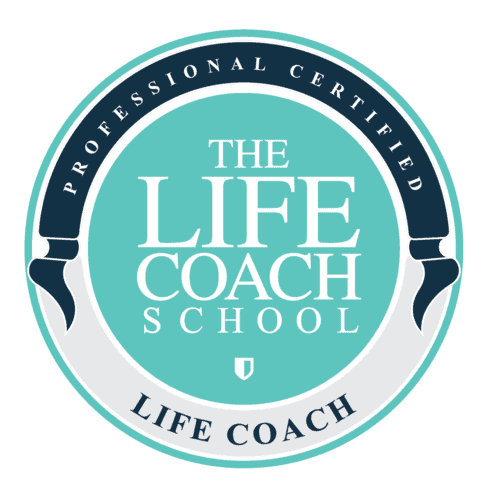
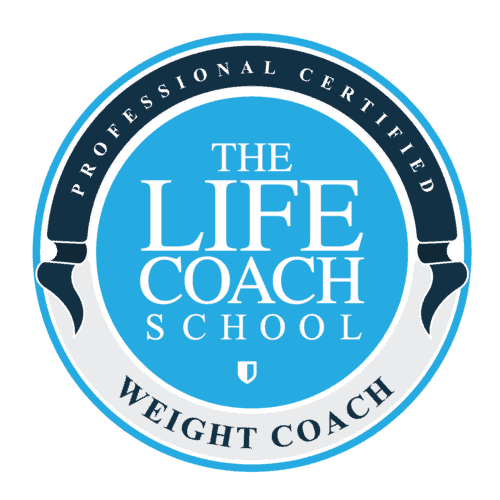
Trackbacks/Pingbacks